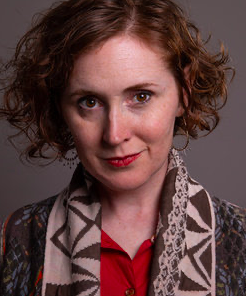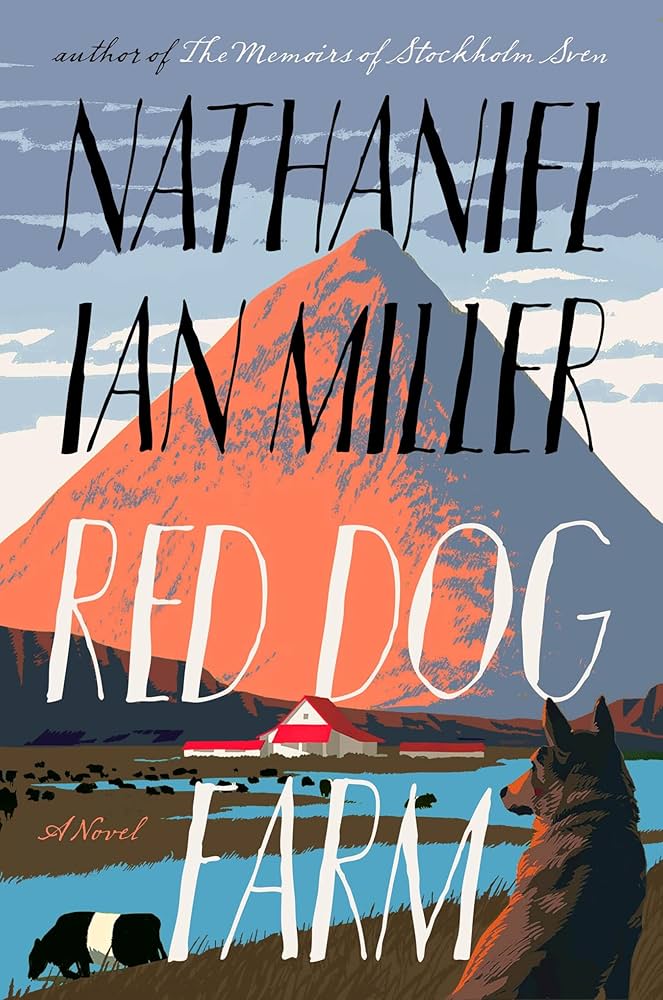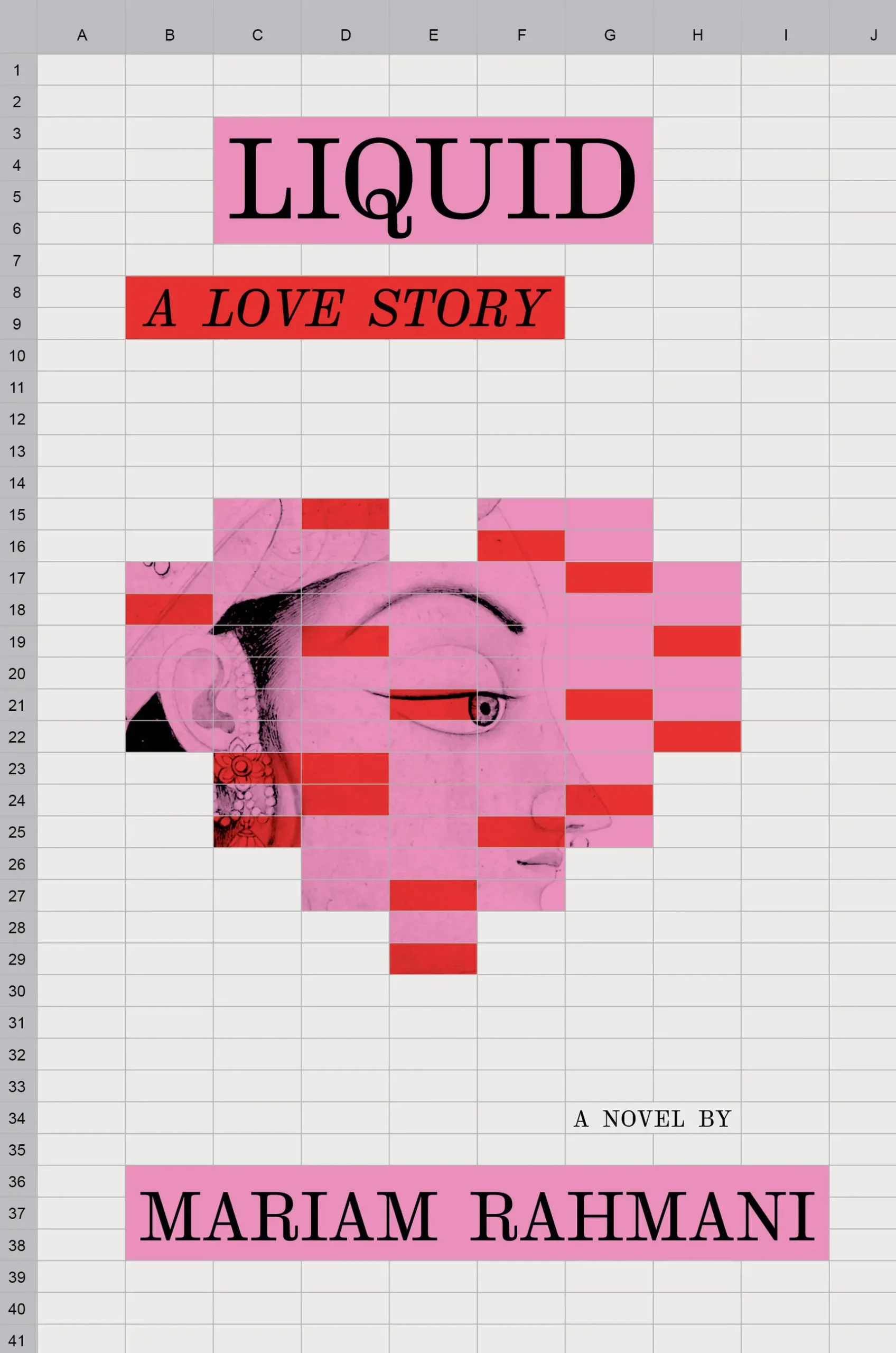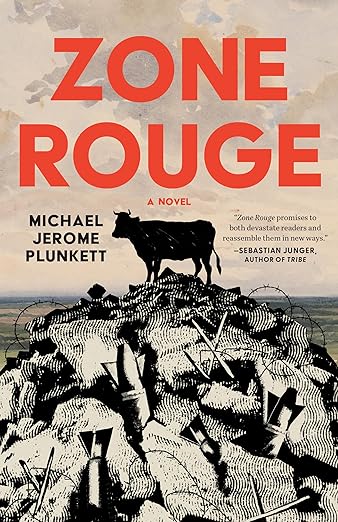 This interview is the fourth in a new series, Writers on Writing, which focuses on craft and process. The series is part of The Common’s 10th anniversary celebration.
This interview is the fourth in a new series, Writers on Writing, which focuses on craft and process. The series is part of The Common’s 10th anniversary celebration.
Read Greene’s essay, “Upright Members in Good Standing.”
A. Kendra Greene began her museum career marrying text to the exhibition wall, painstakingly, character by character, each vinyl letter trembling at the point of a bonefolder. She became an essayist during a Fulbright fellowship in South Korea, finished her MFA at the University of Iowa as a Jacob K. Javits Fellow, and then convinced the Dallas Museum of Art they needed a writer-in-residence. She is a guest artist at the Nasher Sculpture Center and a Library Innovation Lab Fellow at Harvard University. Her first book,The Museum of Whales You Will Never See, will be published by Penguin Books.
TC: Your essay in Issue 19 centers around your visit to the Phallological Museum in Iceland, which you weave together with the personal narrative of your developing relationship. Is this the story you thought you would tell when you set out to visit the museum? Were you searching for something in particular on that visit?
AKG: The first Icelander I ever met, when I asked what I should know about the country, told me only this: “We have a penis museum. The only one in the world.” So, from the jump there was that tension of the museum as both exceptionally singular and yet representative of something vastly more complex.
I set out to visit the museum with the thesis that for however much a museum that collects phallic specimens was characterized in the press as odd and wacky—brought up for its shock value or comedic potential—from a museum perspective, it was downright traditional. That the museum would have anything to do with me personally, that it could solve an issue in my own life, was a total surprise. And it turned out it was a lot easier to write the essay I went there intending to write. This is the first essay I started about Iceland but the last one I’ve finished. Certainly, it was irresistible to try to write about becoming an “upright member in good standing,” but it dawned on me slowly that this was an essay leveraging foreignness and transition to talk about the weirdness of the domestic sphere.
TC: In the essay, you bring in many details about the curation of the exhibit, and it’s clear throughout the piece that you’ve researched it at length. How did research, conversations with curators, and the notes you took while in the exhibit factor into your writing process for this piece?
AKG: I sometimes think of my job as paying attention, and a lot of times sustaining that keenness manifests as taking seriously a thing that usually isn’t. I spent two weeks at a museum most visitors left in less than an hour. I had a lot of time to really look at everything, and have new people come though, and try out new theories, and wait for things to happen. Writing this piece in some ways was an exercise in limiting myself to one through line among all the ways you could talk about what’s going on at the Icelandic Phallological Museum.
TC: You began your career in museums. How does your experience in that field intersect with your work as an essayist? Are there similar techniques you use for both types of work?
AKG: I think museums are, at their core, storytelling institutions. Not surprisingly, they care a lot about structure and sequence and audience. They reward paying attention. Indeed, a lot could probably be said of the museum as an essay, which is to say, a way of grappling with meaning. There are a lot of things I love about museum work—its physicality, its renewal, its nimbleness, its precision—but my favorite thing is the moment when you have a chance to give someone the gift of some experience, some piece of knowledge, some possibility that they will cherish and be changed by, but which they could never have known to ask for because they didn’t yet know such a thing existed.
TC: What essays/stories/books have you read and enjoyed recently? Why?
AKG: I’ve been returning to Ross Gay’s Book of Delights and Amy Leach’s Things That Are. I am spellbound by Fowzia Karimi’s debut Above Us The Milky Way and Lulu Miller’s Why Fish Don’t Exist. Also on my mind of late: Sandy Allen’s contributions to the podcast 99% Invisible, Sabrina Oprah Mark’s Happily column in the Paris Review, the September 2020 Vanity Fair edited by Ta-Nehisi Coates (perhaps especially its oral history). I’m looking forward to Toni Jensen’s Carry, Kerri Arsenault’s Mill Town, and the final installments in Inara Verzemniek’s CNN series “The Reckoning.”
TC: Do you have any writing rituals or exercises that you turn to when you’re stuck?
AKG: I’ve been working on a project about Iceland’s museums for some time, and I remember this point where I was between trips and was stuck because I’d run out of research. I knew the questions I wanted to ask and had planned out where to go next, but it would be months before I could get back, and I had simply come to the end of my notes. The thing was, though, I didn’t want to stop writing. I had momentum, and I didn’t want to wait. So, starved of any additional research, the writing had no choice but to lean into the thinking, the wondering, the speculation, the flights of fancy. It had to make the move from what the facts were to bigger questions of why bring them up in the first place. It was really pivotal for me.
I’d heard writers talk about a point where researching becomes a crutch or a form of procrastination, and it hadn’t resonated with me exactly, but suddenly I could see the ways research is kind of safely virtuous—and how that might make it a comfortable mode to stay in.
There’s a responsibility one feels about obscure facts. There are things no one is likely to know again if I don’t write them down and publish, and that’s kind of terrifying. But I’m not gunning to be the world expert on Icelandic museums 1995-2015. Nothing wrong with that, but ultimately, it’s not the museums I’m interested in. They’re expressions of some deeper impulse, and that’s the thing I’m trying to figure out—that’s the reason to write.





